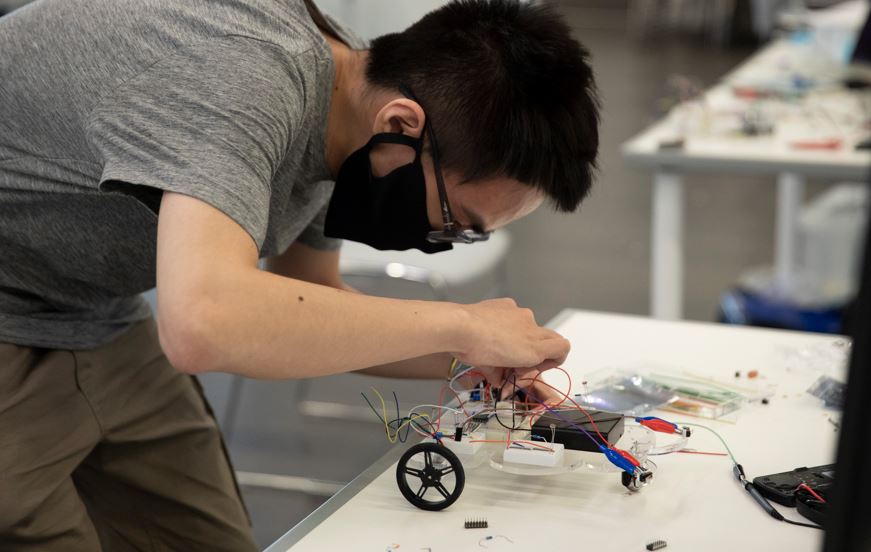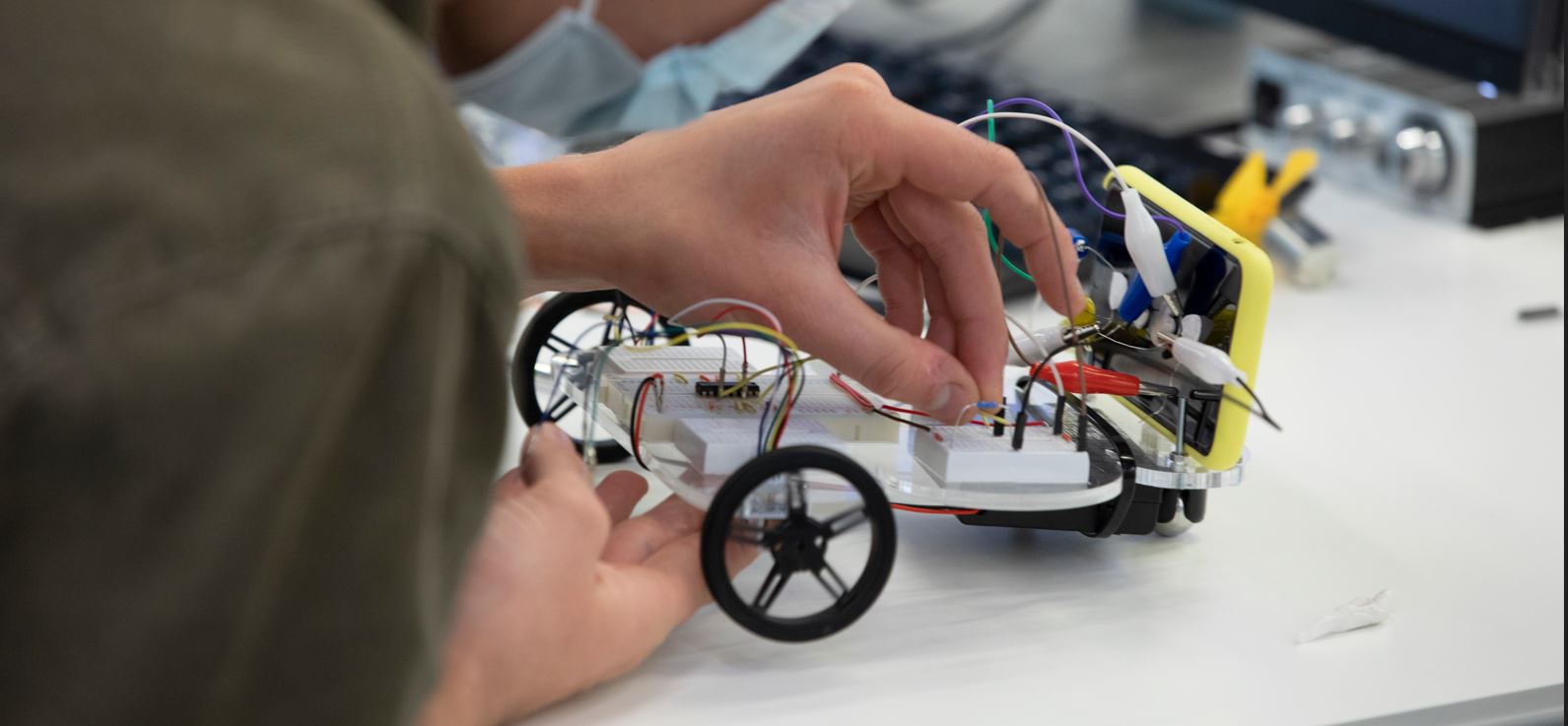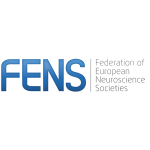Now, more than ever, there is a need to create and distribute a standardized, and constantly updated, curriculum to all neuroscience students, to match the new advances in the field. The goal of this curriculum is to teach the fundamentals of state-of-the-art technology for acquiring neuroscience data (electrical, optical, and behavioural) and the computational skills for data analysis, which students require to interpret and interrogate their results.

1. Practicality
Students receive hands-on training with real lab technology to build data acquisition systems. The hands-on component is fundamental for in-depth applied knowledge.
2. Relevance
The coupling between the data acquired and the computational methods used to analyse the data encourages students to invest the time to acquire these vital digital skills.
3. Scalability
The high-quality recorded lectures and online content are reusable, allowing students from all over the world to receive the same outstanding training.
4. Accessibility
the physical components are standardized and shared across kits, which allows us to greatly reduce the cost per student.
5. Social Experience
A large community of international young researchers and experts in the field can be connected together through an online platform, sharing a common curriculum and the same physical materials.
6. Up-to-date:
Online lectures and hands-on materials are constantly updated by an international faculty of experts in the field, but also by the many international partners. This will guarantee that new local technological advances are also promptly integrated in the curriculum.







